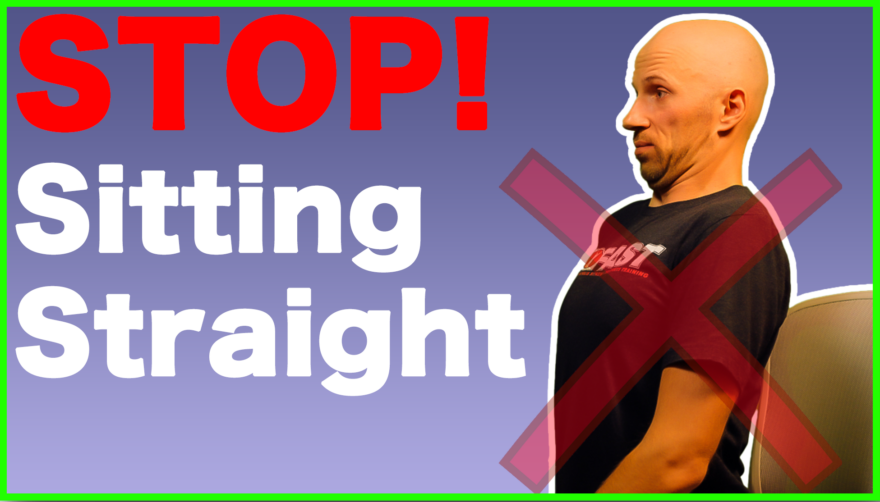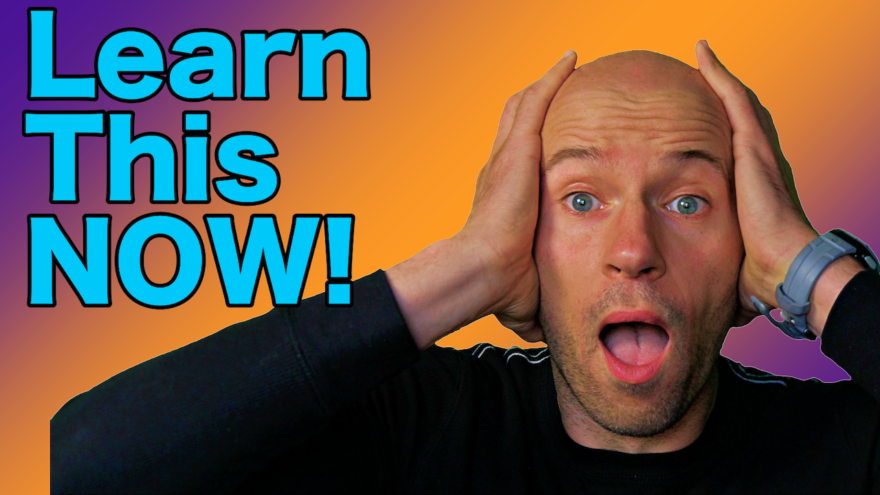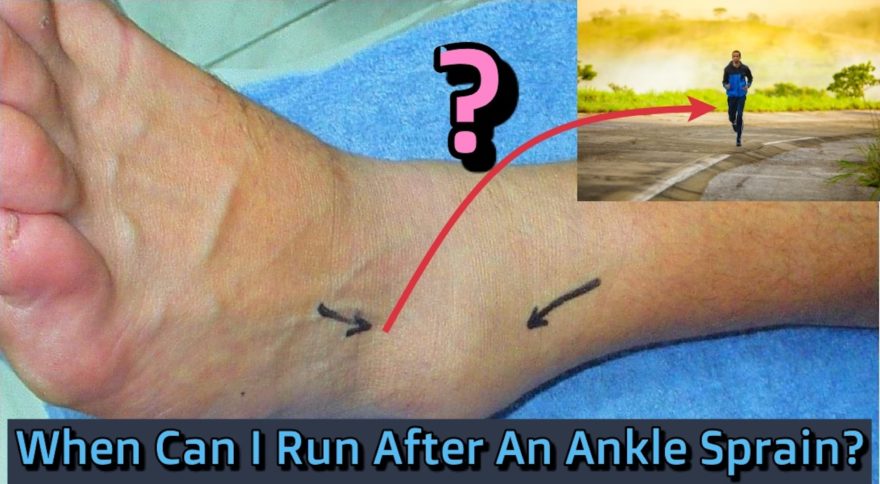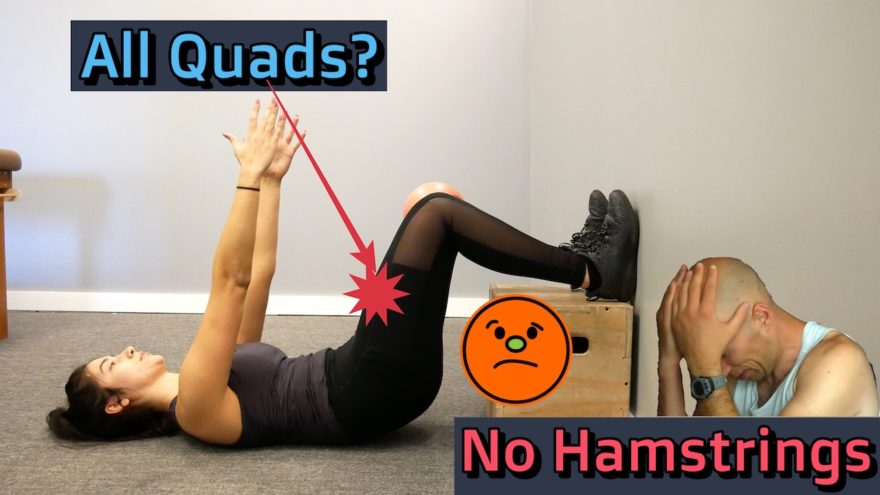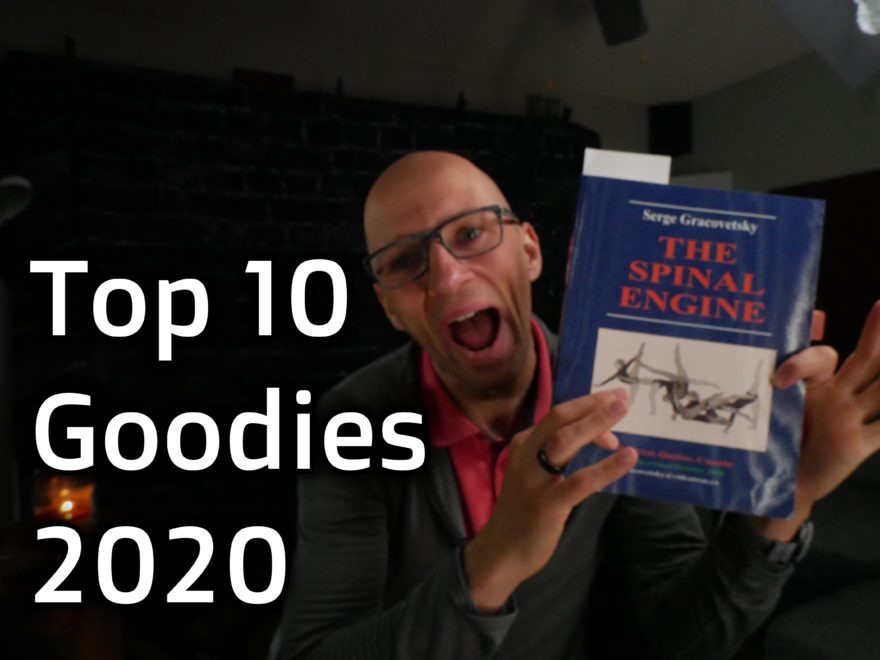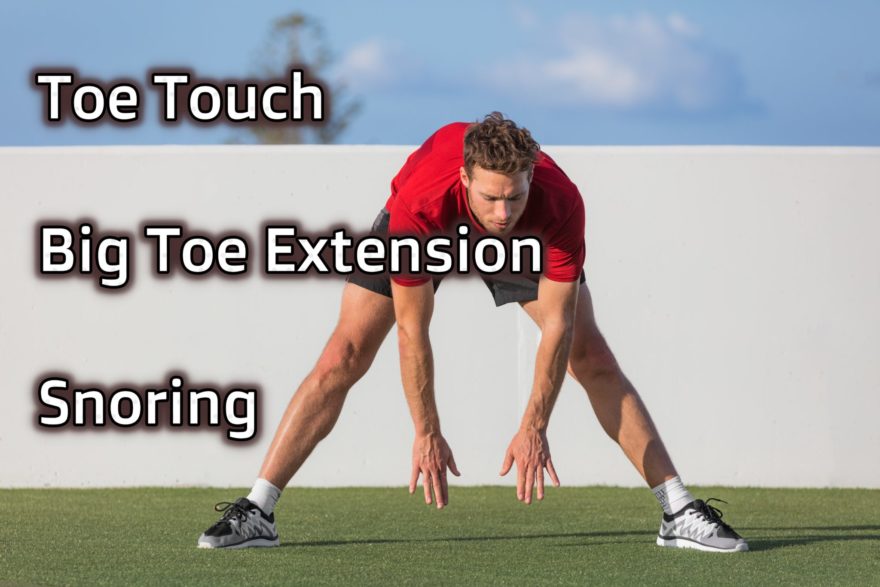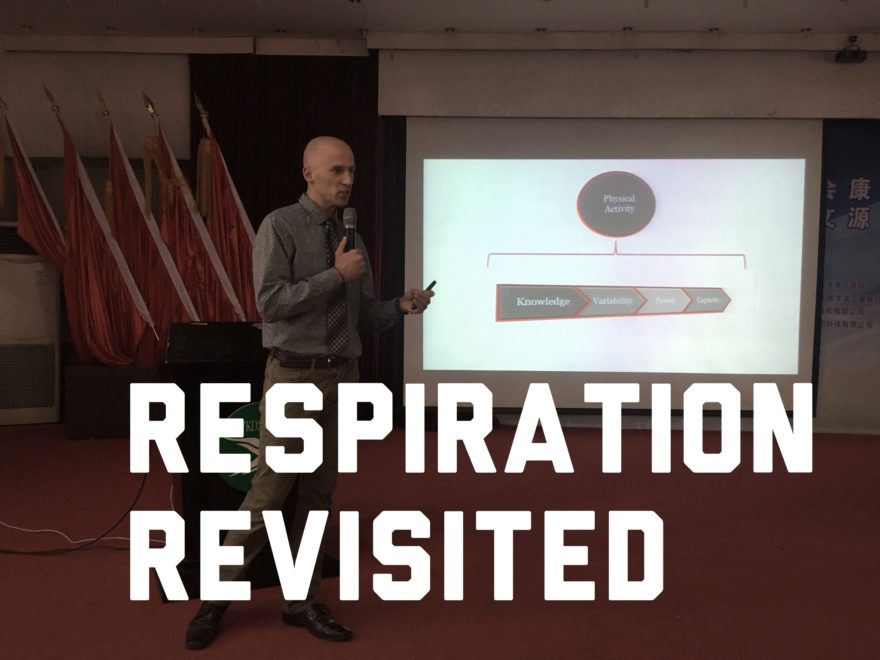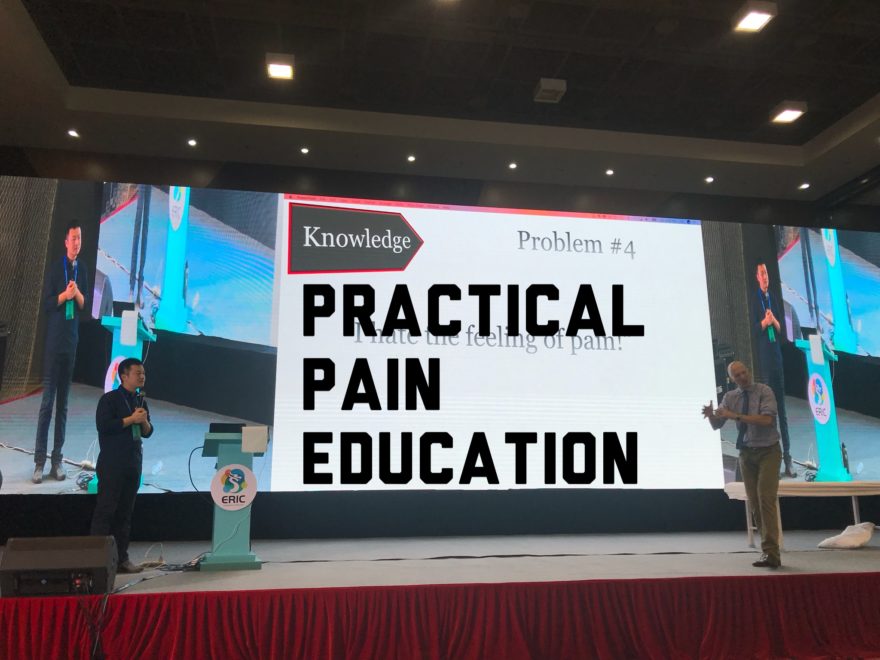What Were We Talking About Again? If there is one thing I’ve struggled with over the years, it’s long-term retention. Though remembering course materials has had its challenges, the struggle is worse with books. Overconsumption was part of the problem. Trying to read faster, and across multiple unrelated books caused more detriment than use. Much as our attention spans can be overstimulated by abundant information on the internet, so to can we suffer this fate with reading? There are a lot of books after all. While narrowing my reading focus has helped quite a bit, improving my reading strategy was equally important. I remember one summer I made it my goal to learn how to shuffle cards. We played A LOT of cards on my family vacations, and I was tired of having to use the automatic shuffler or having someone else shuffle for me at the family card game. It was time to become a man, damnit! I shuffled anytime I had some free time during the day; which back when I was a kid led to multiple bouts of daily shuffling. By the end of the summer, I was unconscious with shuffling, and still am to this day. Frequent, quality repetitions at any task will likely lead to improvement. Learning material is no different, we must just foster an environment of multiple exposures to said material. Here’s my latest attempt at doing so.
Read More